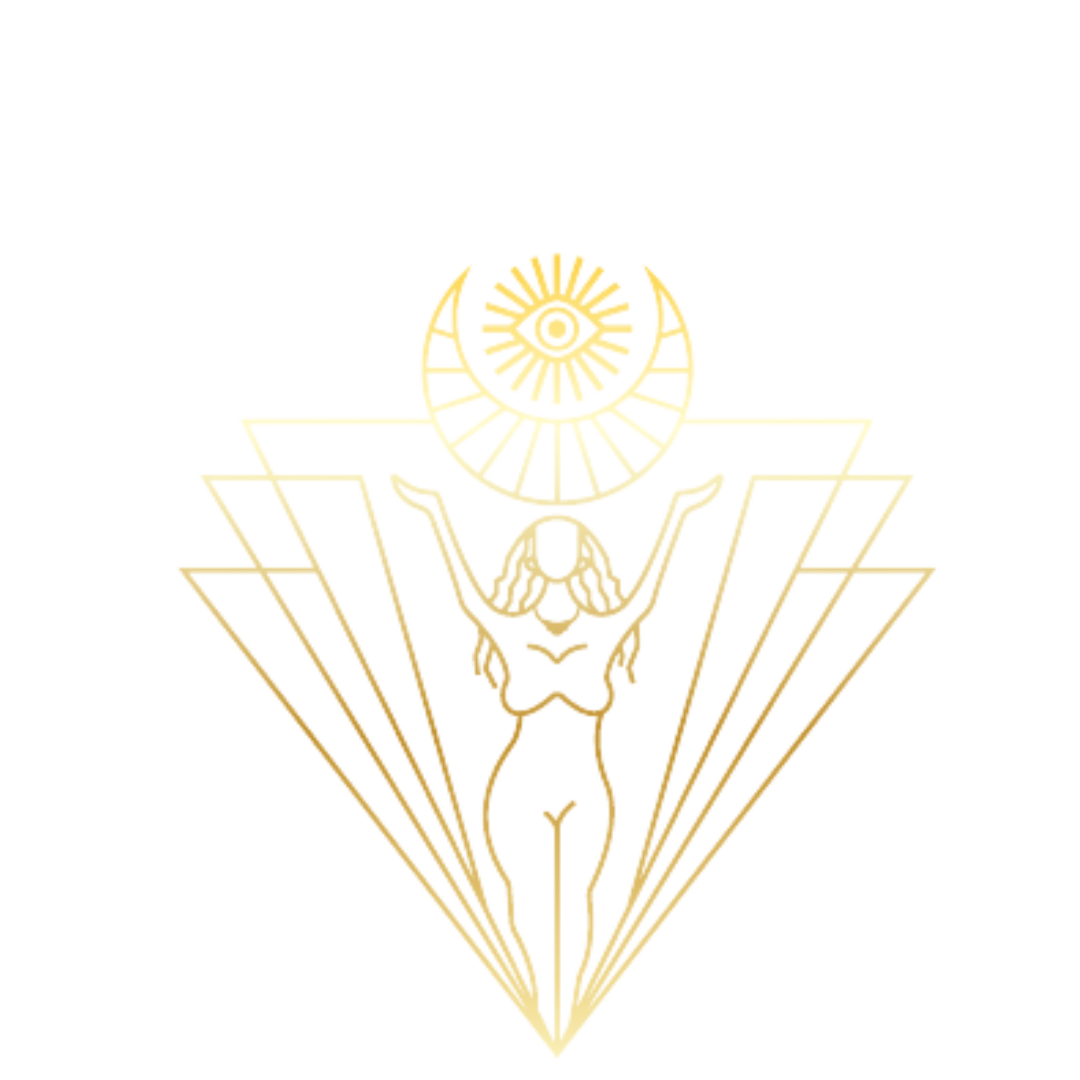Light Therapy
Exploring the Metaphysical Dimensions of UV and Red Light Therapy
Light therapy is often used to treat medical conditions, but it is also used in spiritual and metaphysical practices. In some traditions, light therapy is used to balance the chakras, which are believed to be energy centers in the body that correspond to different aspects of the self. By using different colors of light to activate each chakra, practitioners believe they can promote physical and emotional healing. Light therapy, also known as phototherapy or bright light therapy, is a form of alternative medicine that has been used for centuries to treat a variety of ailments.
The practice involves exposing the body to artificial light in order to trigger a response in the brain that can help to alleviate symptoms of depression, sleep disorders, and other conditions. In this essay, we will explore the history, thesis, uses, and benefits of light therapy.
History of Light Therapy
The history of light therapy dates back to ancient times, when people first began to recognize the therapeutic properties of sunlight. In the 19th century, doctors and scientists began to experiment with artificial light sources to treat various medical conditions. The first documented use of light therapy for depression occurred in the early 1980s, when a researcher named Norman Rosenthal discovered that exposure to bright light helped to alleviate symptoms of seasonal affective disorder.
Uses and Benefits of Light Therapy
Light therapy is primarily used to treat mood disorders, such as depression and SAD. It is also used to treat sleep disorders, such as insomnia and jet lag. Exposure to bright light can have a positive effect on the brain and body, triggering a response in the brain that regulates the production of certain chemicals, such as serotonin and melatonin, which are important for regulating mood, sleep, and other bodily functions.
In addition, light therapy can be particularly beneficial for people with chronic skin conditions, such as psoriasis and eczema. It has been used to promote wound healing and reduce inflammation. Light therapy is a promising treatment option for people seeking natural alternatives to traditional medications.
Red Light
Red light therapy is often used to promote healing and rejuvenation, particularly for skin conditions and pain relief. It also has metaphysical implications. In some spiritual practices, red light is used to promote grounding and stability, as it is believed to activate the root chakra. Additionally, red light is associated with the color of the life force energy, or chi, which is believed to flow through the body's energetic pathways.
The benefits of metaphysical light therapy go beyond physical healing and therapeutic benefits. By using light to balance and activate the chakras, practitioners can promote spiritual growth and transformation. Additionally, exposure to certain types of light can stimulate the body's natural healing processes and promote overall energetic balance and well-being.
UV Light
Ultraviolet (UV) light is a type of electromagnetic radiation that has been studied for over a century due to its unique properties and effects on living organisms. Ultraviolet light has a high frequency, which means that it vibrates at a faster rate than visible light. UV light also has spiritual and metaphysical implications. In some spiritual practices, UV light is used to cleanse and purify spaces and individuals, as it is believed to have a powerful and transformative energy. Additionally, some practitioners believe that exposure to UV light can stimulate the third eye chakra, which is associated with intuition and spiritual insight.
The history of ultraviolet light dates back to the late 1800s, when scientists began to study the properties of light and its effects on living organisms. In 1903, scientists discovered that UV light could be used to sterilize surfaces and liquids, which led to its widespread use in medical settings. In the 1930s, UV light was used to treat skin conditions such as psoriasis and eczema.
It’s no wonder that the brightness of a Full Moon would have similar effects on us as reflected in this research. It is already scientifically stated that there is generally notably more energy and wakefulness experienced during the days where the moon is at full luminance. We honor this phenomena within the design of our events, which we plan according to the lunar calendar, for example - our Lunar Luminance event series. And, while it is not advised to stare directly at the sun, especially during peak hours (middle of the day), it can be just as beneficial to intentionally enjoy the sunrise and sunset, where natural light is our friend and helps align us to the circadian rhythm of the Earth.
Written + Edited by Kaileah + Cassandra





